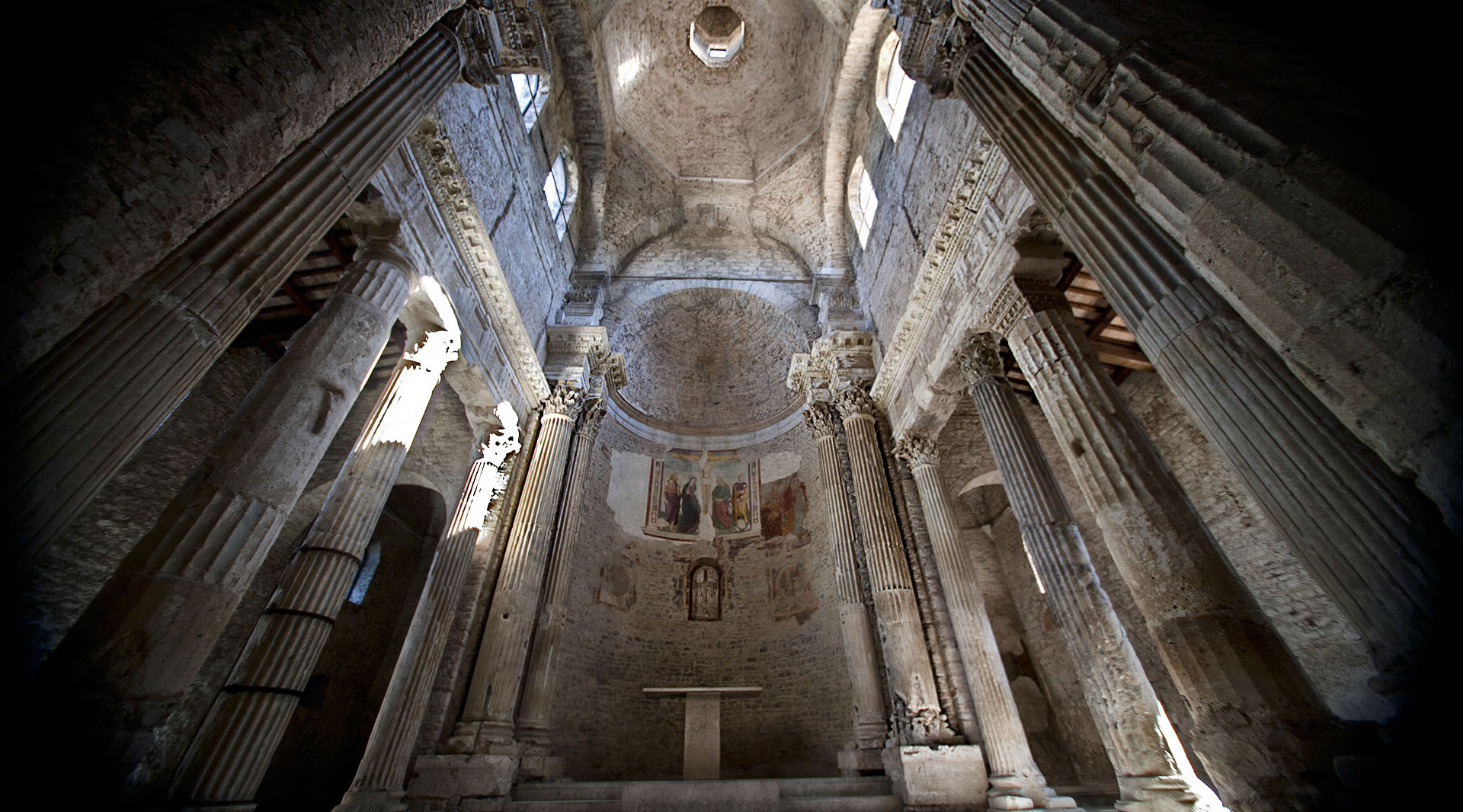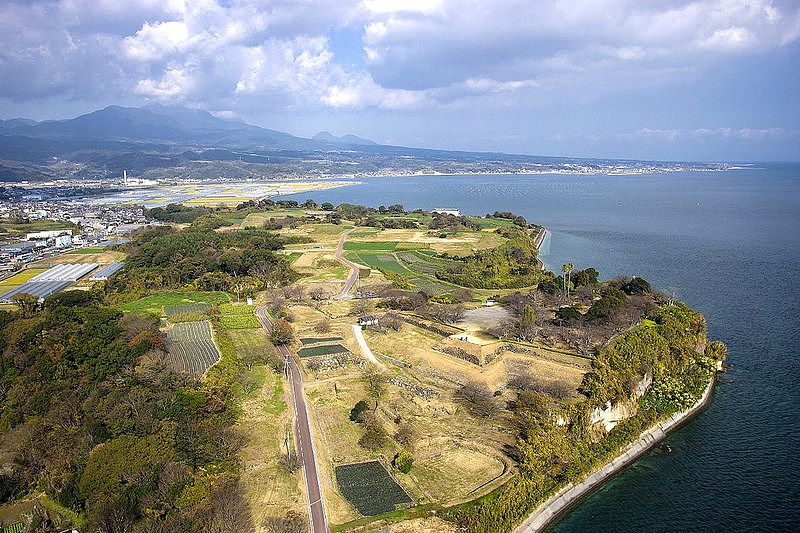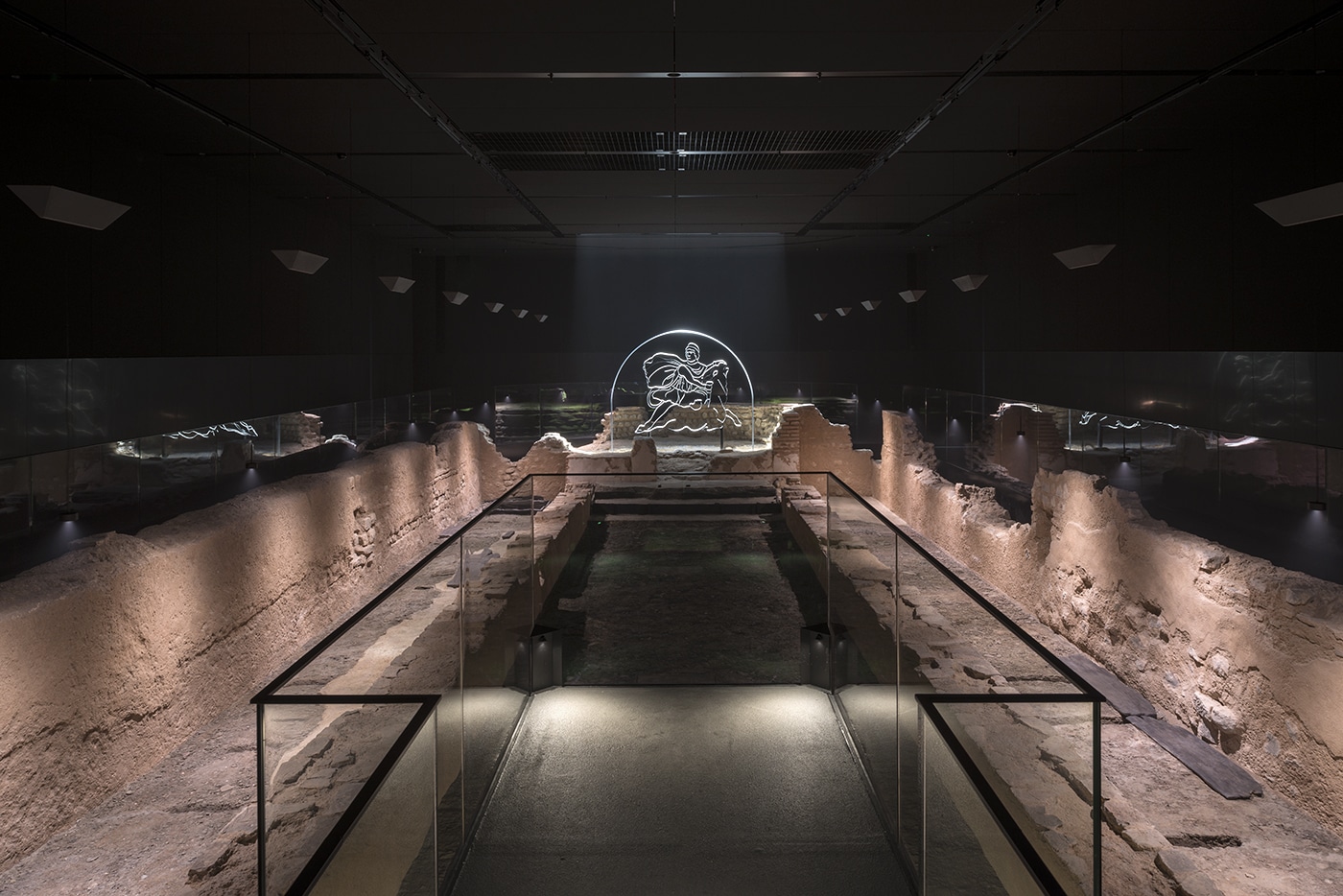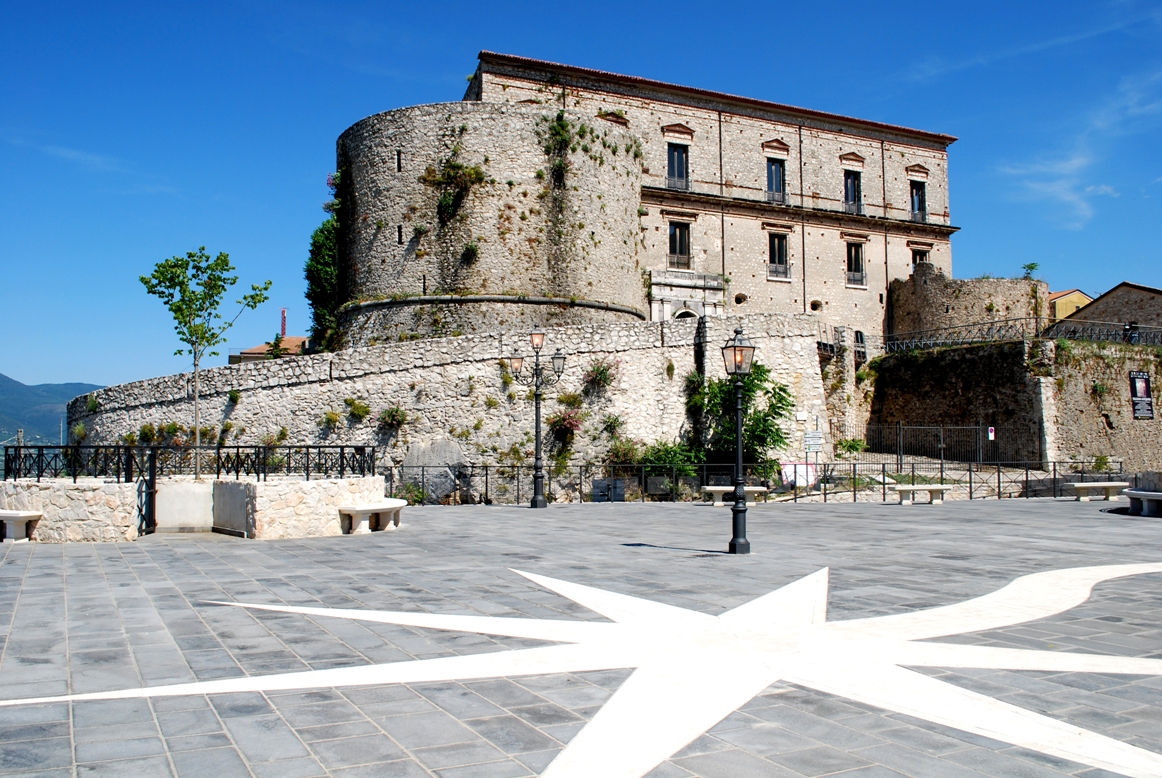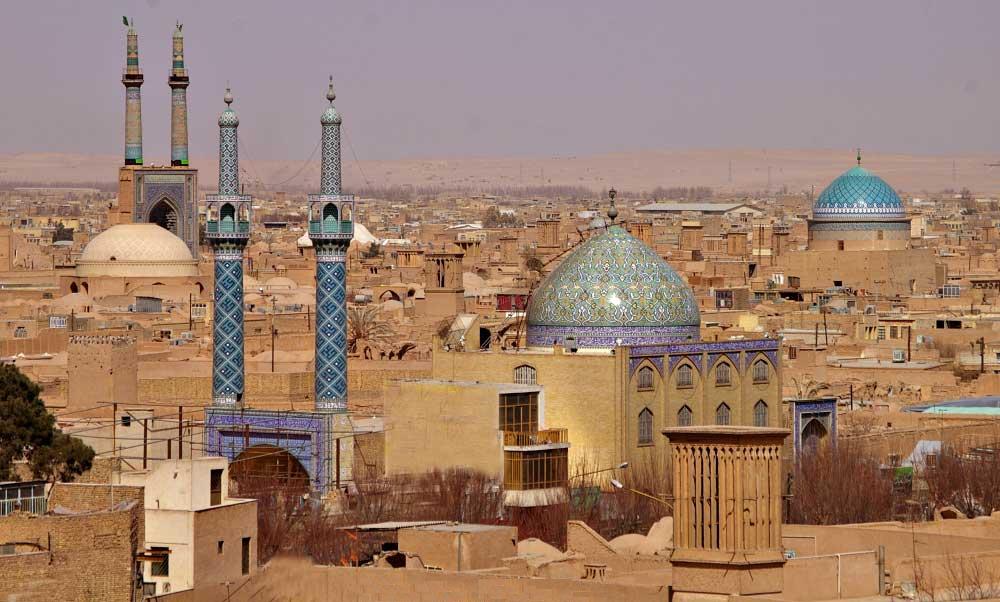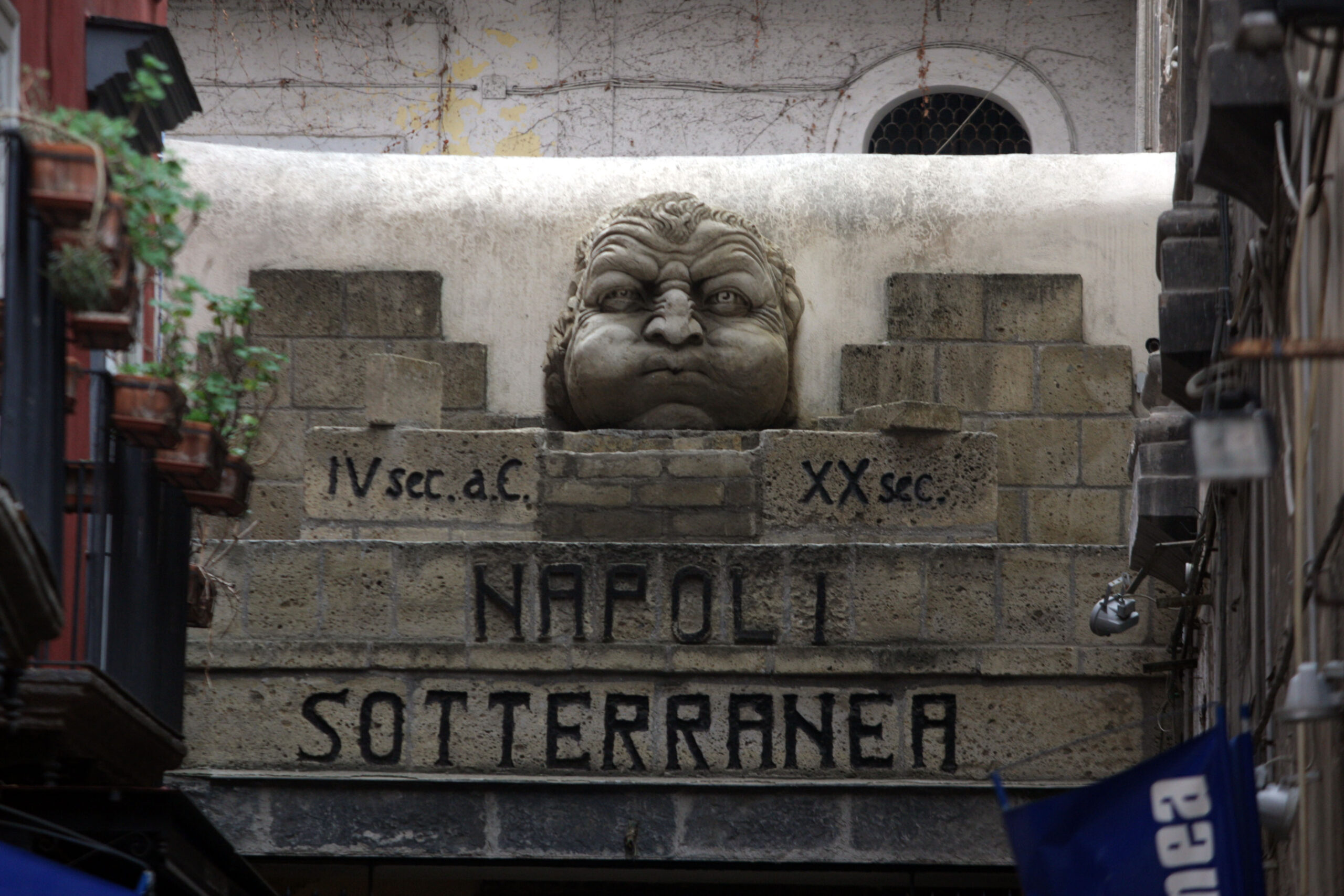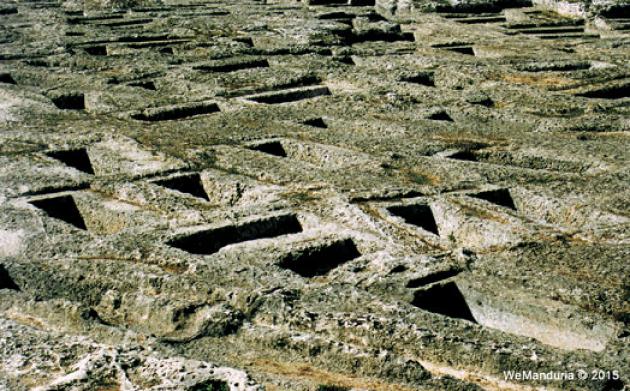The Basilica of San Salvatore, according to the great historian Sordini from Spoleto, represents the major monument of Spoleto in antiquity.
Probably of funerary origin, it was initially dedicated to the martyrs Concordio and Senzia, united not only because they were buried in nearby places, but also because both were attributed thaumaturgical virtues. The sudden healings, that initially the people of Spoleto recognized to Senzia, later were connected to the salubrious water that flowed abundantly from the Ciciano Hill.
In a Benedictine document of 815 the basilica results entitled to San Salvatore, a change most probably to be attributed to the intervention of the Lombard dukes. Later, it is cited as Monasterium Sancti Concordii. In the sixteenth century on the inside walls of the apse were made some frescoes that recalled the cult of the Crucifix, from which derived the new name of Church of the Crucifix.Since the twentieth century, finally, after extensive restoration work, the Basilica has definitely taken the current title of San Salvatore.
The building has three naves, with a tripartite presbytery that, in the central area, is covered by a vaulted structure on an octagonal base, modified in the type of lantern in the post-Renaissance period. At the sides of the apse there are two ambulatories, also apsidal, originally service rooms for liturgical functions, according to the Eastern-Syriac architectural tradition, and today real open chapels. The two ambulatories, since they exceed the length of the main apse which is externally rectilinear, create an arched connecting structure that gives rise, at the back, to a particular façade effect.
All that remains of the interior decoration are the stuccoes on the counter-façade and some elements of the pictorial apparatus in the apse. Here, on the bottom of the central niche, is painted a gemmated cross from whose arms hang chains with the A and the Ω, flanked by false marble frames enclosing clipei, similar to that depicted between the two angels in the cell of the Temple on the Clitunno.
The church presents a consistent reuse of spolia, or ancient material, of different origins, such as columns, bases, capitals, frames; some of these were reworked, such as the architectural reliefs of the facade, the frame in the presbytery and the nuts at the impost of the dome. During the last restorations carried out at the end of the last century, it emerged that many of the sculpted elements were worked on blocks of the classical age, such as the sill of the left window (which has the inscription "AVO MATRI") and the architrave of the main portal (part of a frame used for the first time as the threshold of a Roman sepulchral monument of the first century AD, the cast of which can be seen at the Fondazione Cassa di Risparmio di Spoleto, which financed the work).
Since 25 June 2011 the church has been part of the UNESCO World Heritage Site as part of the serial site "The Lombards in Italy. The places of power (568-774 AD)".
